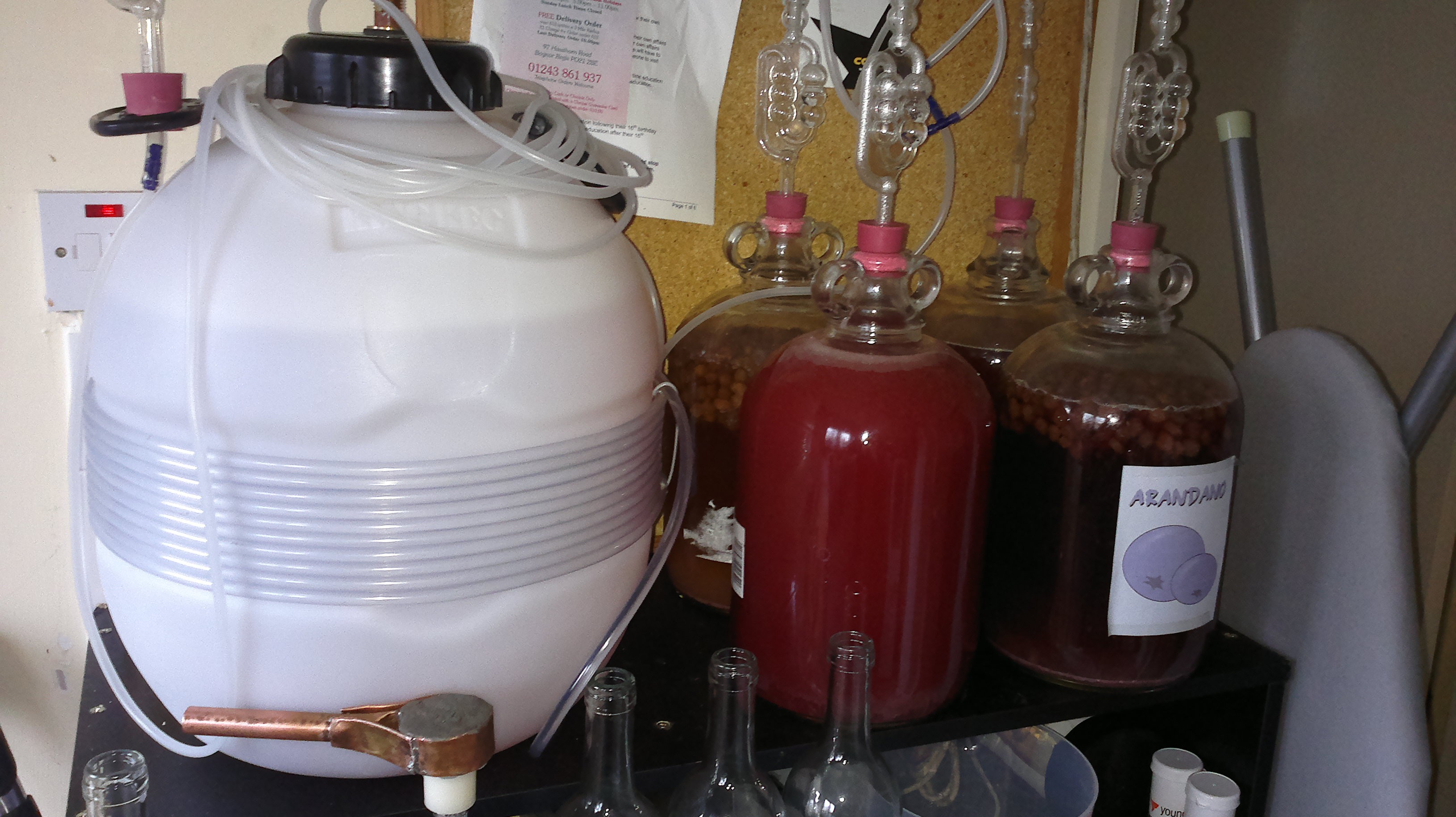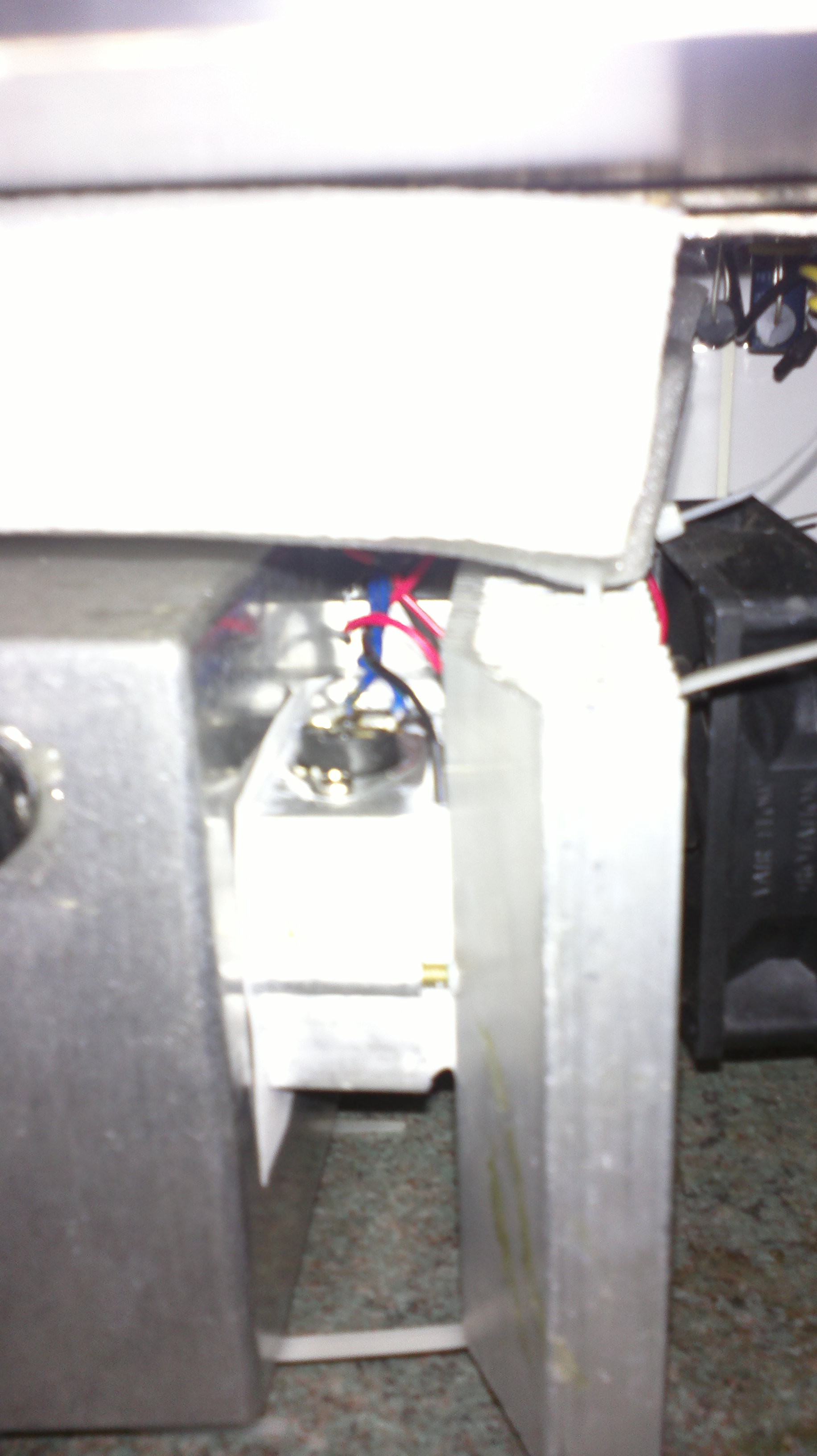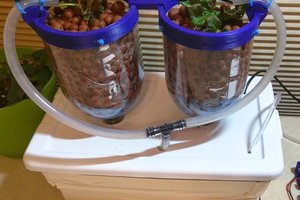Saccharomyces are really tough to kill, they live on our skin and food, tolerate being dried and frozen as well as suffocation in up to nearly 50% solutions of their own waste in an oxygen-free environment. I've accidentally overheated them myself to around 38 degrees C and they survived.
Using atmospheric O2, yeast just breed and give off Carbon Dioxide - this is what makes bread rise, as the bubbles of it foam the dough. Contained in a vessel that allows the CO2 to build up and exclude the oxygen, yeast switches to anaerobic respiration and excretes alcohol as well, as a byproduct.
Making the solution to guarantee that the yeast excretes a certain amount of alcohol as a percentage before starving to death is an art in itself. We call this process brewing, and its been evolving since 11BC.
Heres my take.
The brewing process itself
Early civilisations in China left archaeological evidence that mankind had a working relationship with yeast as far back as 11BC, but our species co-opted it much earlier than that. The gene required to process alcohol without serious ill effects could have entered our genome when we left the trees and began ground foraging fallen fruit, but there is evidence that Mead - honey-wine - was discovered before this. Waterlogged bee's nests have been found which have fermented naturally and its likely this pre-dates even rotting fruit in our diet.
The Mayans had a culture of alcohol a few thousand years after China. They made alcohol in a shallow bowl covered with reeds, covering proven bread dough soaked in water. It was left to ferment and drunk through the 'straws' of the reeds. It probably wasnt very strong, a couple of percent and tasted revolting to our refined palette. It would also have been crawling with live yeast and been very laxative as a result.
From experience. Do not drink live yeast cultures unless you are prepared to lose weight rapidly... ;-)
Modern brewing practice is highly developed to exclude the yeast and other things floating in the Bread of Life, as Ale had become known by the Middle Ages. It was routinely drunk instead of water, which was a dangerous thing to do before sanitation. Several pints a day were consumed, starting in childhood - small wonder the art of the time portrayed us as pot-bellied, literally. Yeast's exophillic nature meant that it could be used to purify water crawling with aerobic bacteria that also cant tolerate alcohol in the concentrations we enjoy, and every household brewed ale in large quantities.
The industrial Revolution changed all this. Sanitation and mass production changed Ale drinking forever and breweries sprang up to supply the populace with Beer - Carbonated and hopped Ale. This is the primary difference between the two. Ale is brewed without hops, Beer is brewed with as a preservative. All bitters are Beers, not Ales, unless they are bittered with other herbs from the English gardens of the time, so most Real Ale probably isnt. It is real beer though, and delicious...
Contemporary brewing has returned somewhat to the Middle Ages again, with the advent of the Microbrewery. There isnt anything special or different about the process developed by the breweries from the household ones, but it is done on a household scale and without production machinery. I began brewing using kitchen equipment but very rapidly outgrew even a stack of demijohns.

On the left is a lager system, which is brewed at a lower temperature. I vented the CO2 produced out of my kitchen, lager reeks of rotten eggs as it brews, sloooowly. The larger hose wrapped around the barrel carries water cooled by a pair of Petlier tiles to keep the temperature down to about 7C.

Beer brewing really needs to be done at scale. 40 pints (23L) at a time is commonplace, and brewing equipment is sold to accommodate this, as are kits to make beer at home using it. Very expensively I might add. You pay the same for the ingredients as you do for the end product, minus the taxes and slices by the suppliers....
Read more » Morning.Star
Morning.Star
 Evan Salazar
Evan Salazar
 MECHANICUS
MECHANICUS
 Soham Chakraborty
Soham Chakraborty